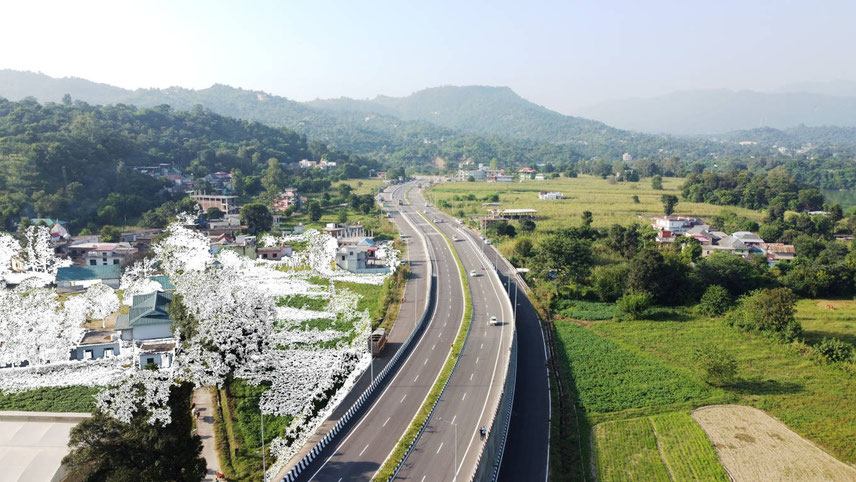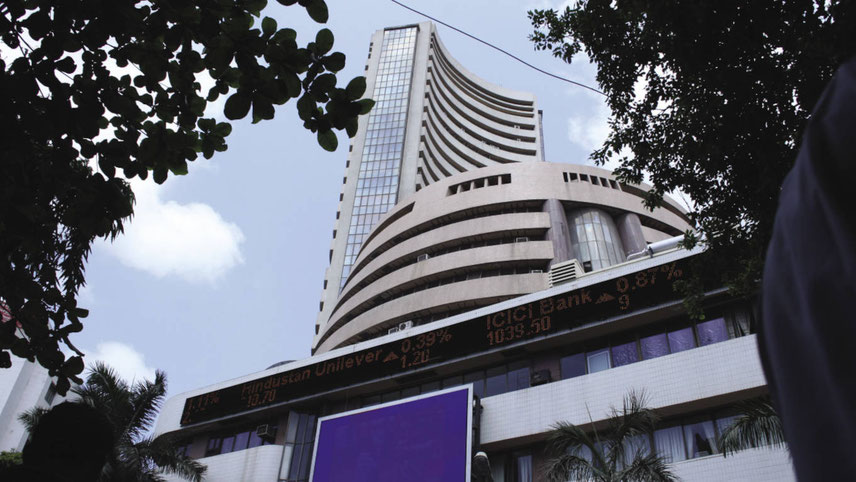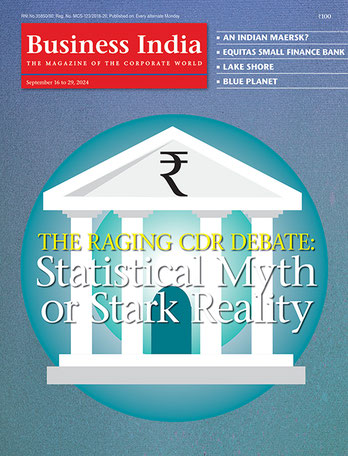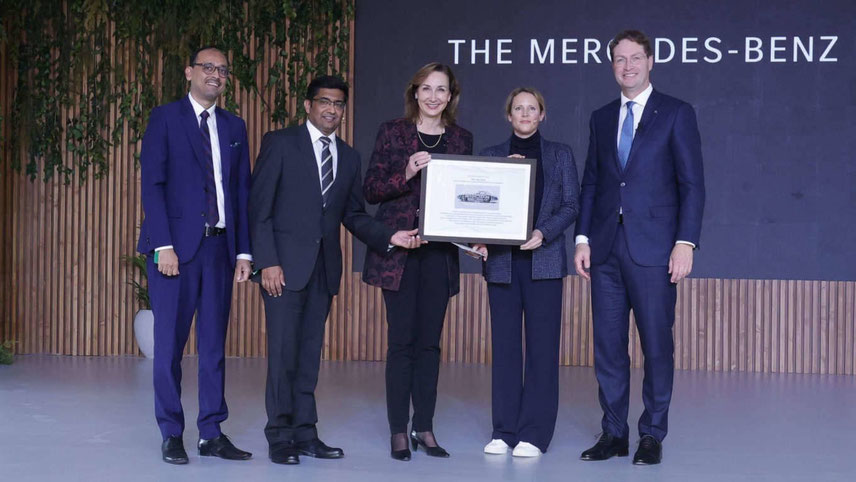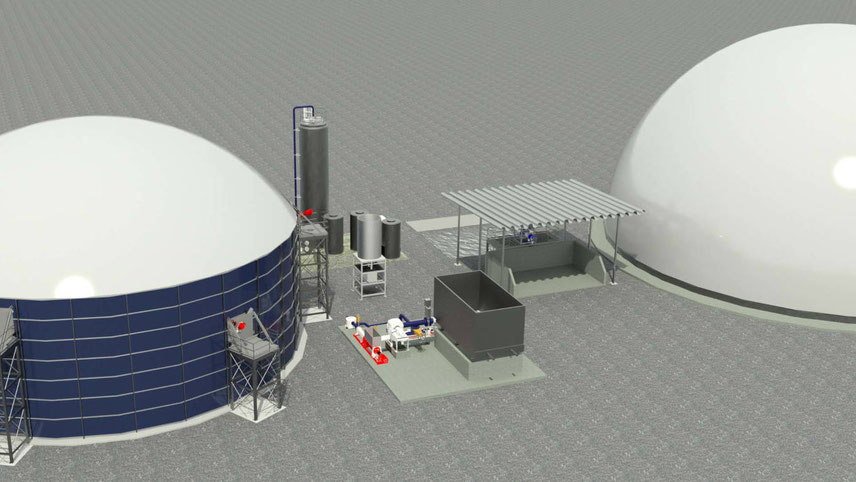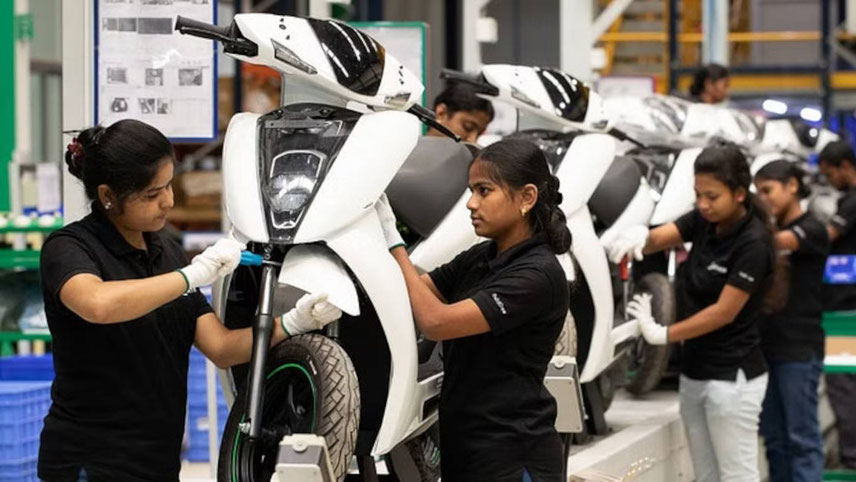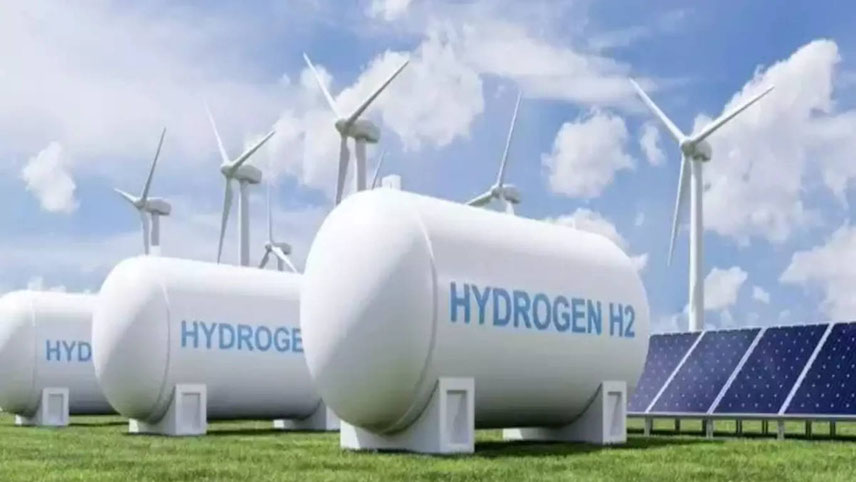-
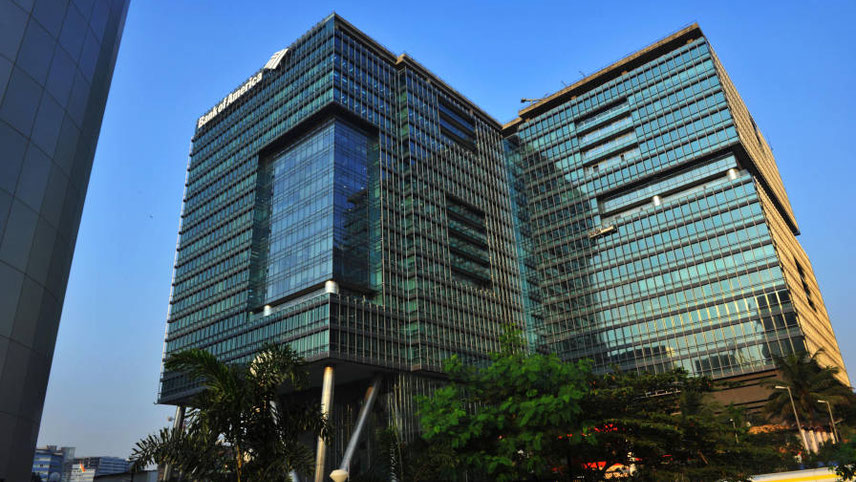
Office and retail spaces will see unprecedented demand
Shifting demographics will drive real estate activity, especially in housing and retail asset classes. With a significant portion of the Indian population likely to fall in the sweet spot of ‘first-time homebuyer’ age-bracket, healthy traction across housing categories is expected in the next few decades. Additionally, population with a significant share of older people can potentially speed up investments in the senior living market.
“India has set its sight on becoming a $10 trillion real estate market, driven by the sector’s ability to adapt and innovate. Landmark initiatives such as RERA and REIT regulations have enhanced transparency, improved investor confidence, and streamlined operations across the sector. These reforms, alongside critical programmes like PMAY and Gati Shakti, are creating an environment conducive to sustained real estate development.
The government’s focus on affordable housing, infrastructure modernisation and industrial corridors have transformed both urban and rural landscapes, driving growth beyond traditional hubs. This transformation is creating vibrant opportunities for developers, investors and homebuyers alike. As we move forward, real estate will continue to be a catalyst for employment generation, economic resilience, and sustainable urbanisation, reinforcing its role as a key pillar in India’s economic growth story,” stated Manoj Gaur, chairman, CREDAI National.
Entering a new era
“With the interplay of dynamic factors such as rapid urbanisation, rising median age, and technological advancements, we are on the brink of a quantum leap, entering a new era of growth and diversification. By 2047, an estimated 50 per cent of India’s population will reside in urban centers, creating unprecedented demand across residential, office and retail spaces. Alternative segments like senior living, co-living, and data centers will also witness exponential growth, driven by evolving consumer preferences and technological integration, with a focus on sustainability and energy efficiency becoming a standard across developments.
As India navigates this exciting trajectory, the real estate sector will continue to attract institutional investments, fostering transparency, fair pricing and global competitiveness. Being a leading industry body, CREDAI looks forward to working with various stakeholders to ensure that Indian real estate witnesses sustained and sustainable growth in the decades to come,” said Irani.
“As India commences on a period of expansion across most economic sectors, real estate is set for a ‘quantum leap’, with multiple growth opportunities arising along the accelerated journey phase. Favourable demographics and urbanisation trends are likely to accentuate the emergence of over hundred million plus cities by 2047. This in turn presents a case for emergence of multiple real estate hotspots dispersed across the country. Residential, office and retail segments, particularly, are expected to mature significantly in the next few decades, creating substantial opportunities for investors, developers and occupiers,” stated Badal Yagnik, CEO, Colliers India
According to the report, infrastructure augmentation and policy-level push have enabled the Indian real estate to sail through multiple ebbs and flows of property cycles. Throughout last few decades, key regulatory frameworks and acts such as the RERA Act, PMAY, and REIT Regulations have provided a boost to investor and end-user participation. Policies and regulations for logistics and data centres have been instrumental in the accelerated growth of newer real estate frontiers.
Furthermore, flagship initiatives, such as the Golden Quadrilateral Project, PM Gati Shakti Master Plan, ‘Make in India’ Programme and National Infrastructure Pipeline have positively impacted multiple real estate segments across the country, particularly the industrial & warehousing segment. With high-volume freight movement along industrial corridors, we can anticipate amplified requirement for warehouses, logistics hubs, and manufacturing units across multiple smaller locations in the country.
-
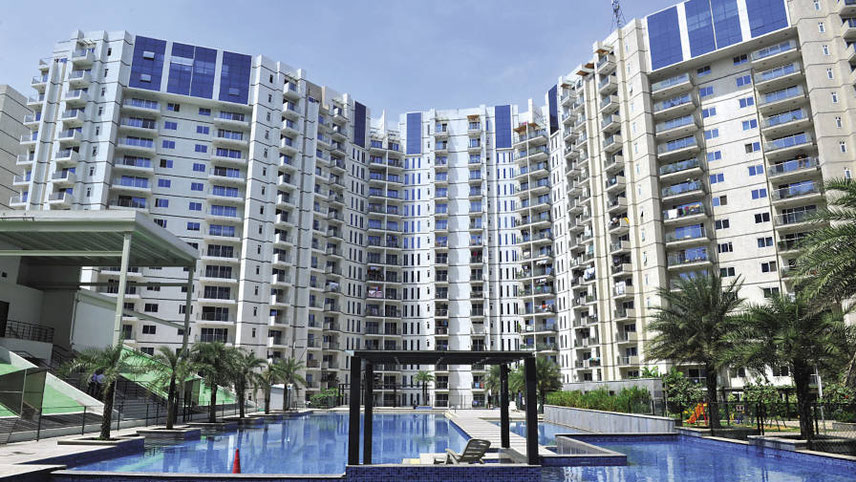
Institutional investments in the real estate sector in the last decade has crossed $60 billion
Over the next few years, asset classes under REITs/SM REITs will expand beyond office and retail to include warehouses, hotels, and rent-yielding residential properties. In the long term, such financing avenues will become prevalent in alternate real estate verticals such as data centres, hospitals, educational institutes, senior and student living accommodations, etc.
Over the years, driven by strong domestic growth prospects, improvements in ease of doing business, and continual FDI relaxations, foreign capital inflow has grown significantly across diverse sectors. Institutional investments in the real estate sector in the last decade has crossed $60 billion, with majority being funded by foreign players. The anticipated spurt in foreign capital and equally strong contribution from domestic investors will fast-track the adoption of alternate funding strategies in Indian real estate. Green financing in the form of bonds and credit issuances and relatively newer financing avenues such as social-impact, distressed, special situation and venture capital funds will become more prevalent in the next few years.
Over the next few years, the Indian real estate sector will increasingly embrace digitalisation across aspects ranging from planning, design & construction to property & facilities management. PropTech and Metaverse are likely to mature and elevate Indian real estate to global standards of operational efficiency, transparency and accountability. Increased data consumption, growing internet penetration, rise of online services, digitalisation of businesses, and stricter adherence to data localisation regulations are expected to spur demand for co-location and edge data centres closer to demand hubs.
Advanced technologies will also play a major role in decarbonising the real estate sector. With focus on built spaces, developers will incorporate sustainable elements at every stage of constructiaon. Green-certifications in the office market will particularly become a hygiene-factor and green-adoption levels are likely to increase from 60-70 per cent to almost 100 per cent over the next few years.
-

Irani: CREDAI’s role in shaping the future of real estate will remain pivotal
‘CREDAI’s journey has been truly transformative’
Boman Irani, president, CREDAI National, talks to Arbind Gupta, about the various factors that have been instrumental in transforming the Indian real estate sector over the years. He firmly believes that the recent reforms have been watershed moments for the industry, which is well-poised to witness a major growth trajectory, going forward. Having emerged as an apex industry body, CREDAI will continue to play a crucial role in shaping Indian real estate into a much structured and transparent industry
How has the Indian real estate sector evolved in the last couple of decades?
Over the past 20-25 years, the Indian real estate sector has undergone a remarkable transformation, with the last decade being particularly dynamic. Historically, the sector was fragmented and unorganised, leading to challenges around reliability and trust. However, reforms such as the Real Estate (Regulation and Development) Act (RERA) in 2016 brought about transparency, accountability and renewed trust between developers and homebuyers. Sustainability has become a key priority, with green buildings and eco-friendly construction now at the forefront of industry practices. Additionally, the rapid adoption of PropTech and smart home solutions has revolutionised project development, marketing and management. CREDAI’s emphasis on self-regulation and ethical business practices has also played a crucial role in this evolution. In the post-Covid era, consumer preferences have shifted significantly, with more people transitioning from renting to buying homes, driven by a sense of security and investment potential. The sector is well-poised for sustained growth, driven by urbanisation, rising home-ownership and evolving consumer lifestyles.
What are the top few watershed moments that have shaped Indian realty market over these years?
Several milestones have defined the trajectory of the Indian real estate sector, transforming the industry in profound ways. One of the most significant regulatory shifts was the introduction of RERA in 2016, which ushered in a new era of transparency and accountability. It reshaped the developer-buyer relationship and encouraged more ethical business practices across the board. Another key turning point was the prime minister’s vision for ‘housing for all’, which ensured a continuous focus on housing not only for the urban middle class, but also brought attention to housing for low-income groups (LIG) and economically weaker sections (EWS) in urban areas. The Affordable Housing Policy was a game changer, creating a dedicated sub-class of real estate projects catering specifically to lower-middle-class and LIG segments, addressing their unique housing needs.
Additionally, Goods & Services Tax (GST) reforms played a pivotal role in streamlining processes like project registration and taxation. This further contributed to the sector’s push towards technology adoption in compliance, registration and even marketing.
Further, the rise of planned urbanisation has been critical, with Tier II cities and satellite cities emerging as key growth hubs around major metropolitan areas. This shift has contributed to a more decentralised urbanisation approach, with these smaller cities offering affordable housing and robust infrastructure while easing pressure on larger metros.
Finally, the shift towards digitalisation and PropTech has allowed for innovations in project management and marketing, marking another significant moment in the evolution of Indian real estate.
On 25 November 2024, CREDAI celebrates its 25th year of coming into being. How has been the journey so far?
CREDAI’s 25-years of journey has been truly transformative, shaping Indian real estate into a structured and transparent industry. Born out of a vision to bring together developers to promote self-regulation and ethical business practices, the organisation’s journey over the past 25 years has been shaped by a steadfast commitment to innovation, collaboration, and an evolving vision for the future. With a focus on empowering members, promoting sustainable practices and driving transparent business operations, CREDAI has taken significant steps to influence positive change. From championing green construction initiatives to advocating for housing for all, its evolving vision has kept pace with India’s growth and development.
Over the years, CREDAI has also built strong partnerships with key ministries, such as the Ministry of Housing & Urban Affairs (MoHUA) and NITI Aayog, to advocate for reforms that support sustainable urban development and affordable housing. To substantiate, CREDAI has played a crucial role in advancing the Credit Linked Subsidy Scheme (CLSS) by serving as a key advocate and facilitator within the real estate sector. CREDAI actively engaged with policymakers to ensure that the CLSS is effectively tailored to meet the needs of various income groups, including economically weaker sections (EWS) and low-income groups (LIG). One of CREDAI’s key achievements in advocacy has been getting recognition for affordable housing’s Infrastructure Status, which enables the developers to access tailored credit and financial support. CREDAI’s collaboration with the Reserve Bank of India (RBI) and the Ministry of Finance greatly improved financing options for real estate projects, especially for small and medium-sized developers. By presenting data and insights to the relevant government bodies, CREDAI has played a vital role in advocating for reforms related to capital gains tax in the real estate sector highlighting how high capital gains tax rates deterred investment, slowed down project development, and ultimately affected housing supply.
Today, with a network of over 13,000 developers across India, CREDAI is not only an apex body but also a trusted voice for all stakeholders, consistently leading discussions on critical issues like green construction, skilling, and women’s empowerment. As we look ahead, CREDAI’s role in shaping the future of real estate will remain pivotal as it continues to evolve with new challenges and opportunities.
-
One of the most significant regulatory shifts was the introduction of RERA in 2016, which ushered in a new era of transparency and accountability
How has CREDAI evolved as an apex industry body over these years? And, where is it headed?
CREDAI has emerged as the leading voice in Indian real estate, driving discussions at both national and state levels. From advocating for landmark reforms like RERA to setting industry benchmarks around green construction, CREDAI has played a central role in reshaping real estate. The organisation has also empowered women and youth through the CREDAI Women’s and Youth Wings and driven skill development programmes to uplift construction workers. By hosting global events like NATCON and embracing digital transformation, CREDAI has fostered innovation and collaboration in the industry. Recent initiatives such as a $100 million PropTech Fund to support technology start-ups and its commitment to build over 400,000 green-certified homes by 2030 underscore its commitment to sustainability and innovation. Additionally, CREDAI has an active MSME Committee that works closely with small and medium developers and relevant government bodies to promote specific financial initiatives, such as subsidies and tax incentives, which help reduce the financial burden on this group along with supporting small & medium size developers in various issues. Moving forward, CREDAI aims to deepen its focus on sustainable urbanisation, technology adoption and social responsibility, while continuing to advocate for policy reforms that enhance transparency and ease of doing business.
Apart from policy-related hiccups, it is the trust deficit between developers and buyers that often comes in the way. How is CREDAI looking to resolve this issue?
CREDAI has been at the forefront of building trust between developers and homebuyers by championing transparency and ethical business practices. As part of our member code of conduct through Article of Association (AoA), which is mandatory for each & every member, over 13,000 CREDAI developers adhere to high standards of professionalism and accountability, which has helped elevate the industry’s reputation. Additionally, CREDAI has established the Consumer Grievance Redressal Forum, which has successfully resolved over 50,000 disputes across the country, ensuring that buyer concerns are addressed in a timely and transparent manner. Our advocacy for the proper implementation of RERA has also reinforced trust, as it protects the interests of homebuyers by holding developers accountable and CREDAI encourages homebuyers to resolve conflicts through the respective state RERA authorities, ensuring buyer concerns are addressed in a timely and transparent manner.
CREDAI has also established various internal committees, which play a pivotal role in shaping the real estate sector by addressing various challenges and promoting best practices. Each committee focusses on specific areas to enhance the overall industry landscape. The association also propagate information about the current affairs, events, policy advocacy and other important industry specific information through CREDAI APP and CREDAI e-library. As we continue to engage with stakeholders, CREDAI remains committed to fostering an industry built on transparency, trust, and ethical conduct.
What will be your message to various stakeholders?
A home has always been a preferred investment option for individuals and families, offering not just financial security but also a deeply rooted emotional connection. Unlike other forms of investment, real estate provides the tangible assurance of owning a physical asset that tends to appreciate in value over time, strengthening its intrinsic and monetary value.
Further, real estate has been the cornerstone of any economy globally. In India, it is the second largest sector after agriculture and is widely expected to become a $1 trillion industry by 2030. Similar to other prominent and developed countries like China, South Korea, and Japan, where the economic growth paralleled significantly with real estate growth, a similar trend is being witnessed in India as well. Our only message to leading stakeholders would be that we must continue to acknowledge the ever-increasing contribution of real estate and ensure a conducive environment that nurtures and facilitates the sustained and sustainable development of Indian real estate for decades to come, as we collectively march towards our joint mission of becoming Viksit Bharat.

















